Southern California is currently facing a severe wildfire crisis, with three major fires—Bridge Fire, Line Fire, and Airport Fire—burning across multiple counties. Fueled by extreme heat, dry conditions, and strong winds, these wildfires have collectively scorched more than 100,000 acres, displacing thousands of residents.
Emergency services, including CAL FIRE and the National Guard, are working tirelessly to protect lives and property as containment efforts continue. Governor Gavin Newson has declared a state of emergency, mobilising federal and state resources to aid in firefighting and recovery efforts.
Bridge Fire (Los Angeles & San Bernardino Counties)
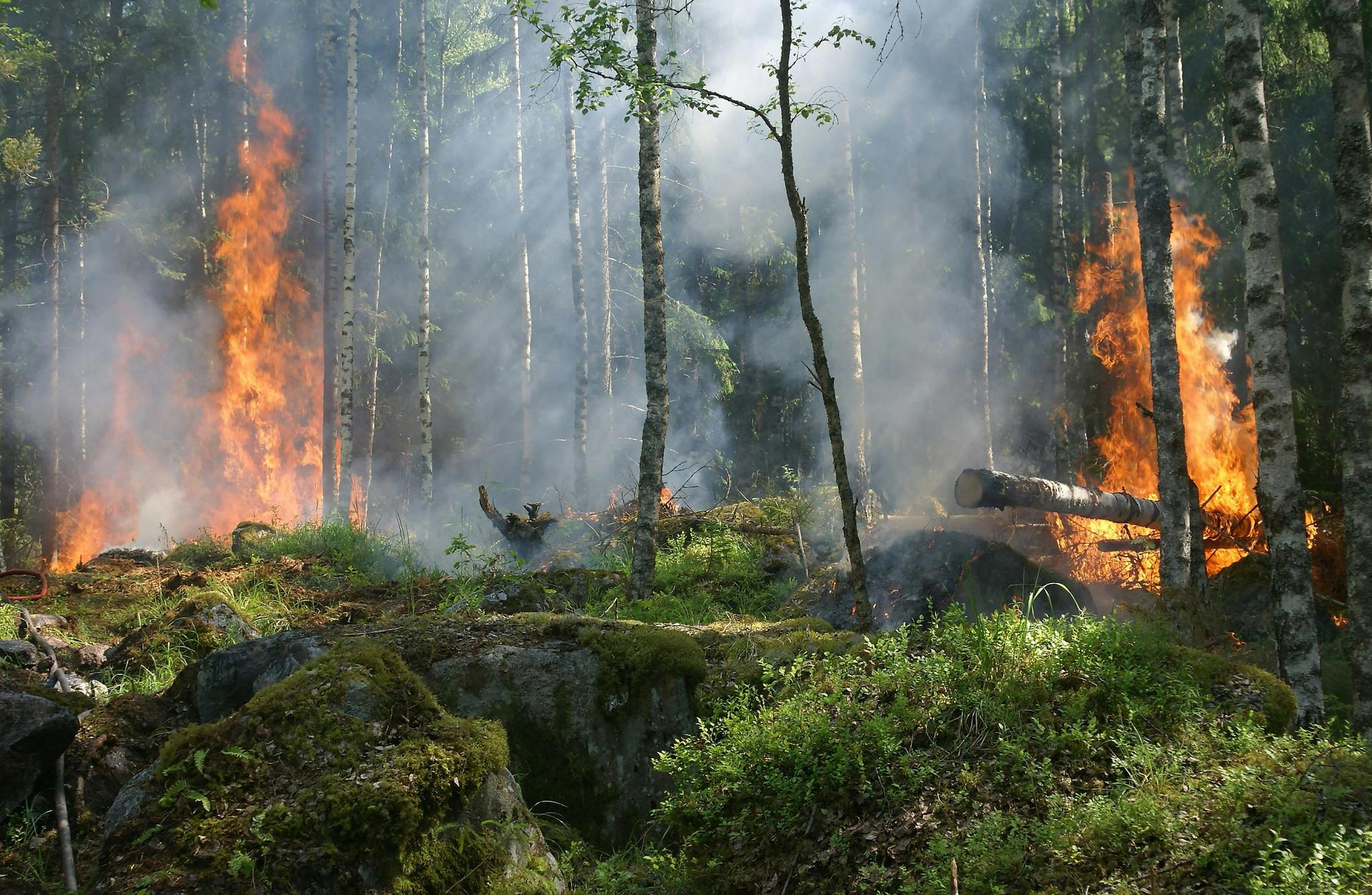
The Bridge Fire in Los Angeles and San Bernardino counties ignited on September 8, 2024, near Camp Bonita Road in the Angeles National Forest. As of September 12, the fire has rapidly expanded, burning 51,167 acres with 0% containment. Mandatory evacuations have been issued for Wrightwood, Pinon Hills, and Mt. Baldy, where numerous homes and critical infrastructure are threatened.
Firefighters are battling extreme conditions, including steep terrain, strong winds, and dry vegetation, which fuel the fire’s rapid spread. Air and ground operations are ongoing, with the priority being residential areas and essential infrastructure Shelters have been established in Pomona, Fontana, and Victorville to accommodate those displaced by the fire.
Bridge Fire (Angeles National Forest)
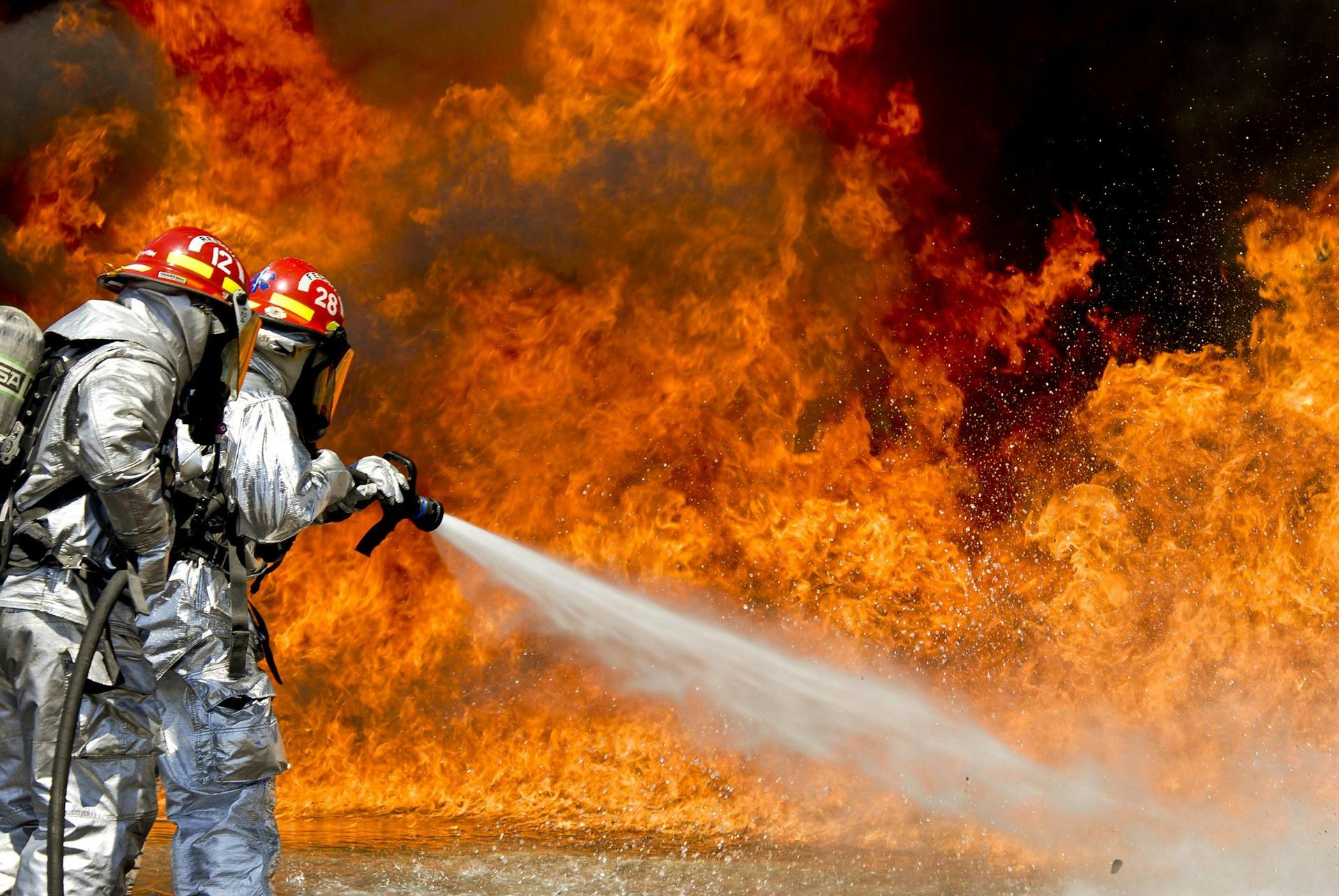
The Bridge Fire has caused widespread damage, threatening homes and communities in Los Angeles and San Bernardino counties. Several houses in Wrightwood and nearby areas have been damaged, and the fire has destroyed power lines, cutting off electricity to some parts of the region.
The fire has also impacted local businesses, including the Mountain High Ski Resort. Thousands of residents have been forced to evacuate, and emergency shelters are set up to accommodate them. The fire continues to spread quickly, driven by strong winds and dry conditions.
Line Fire (San Bernardino County)
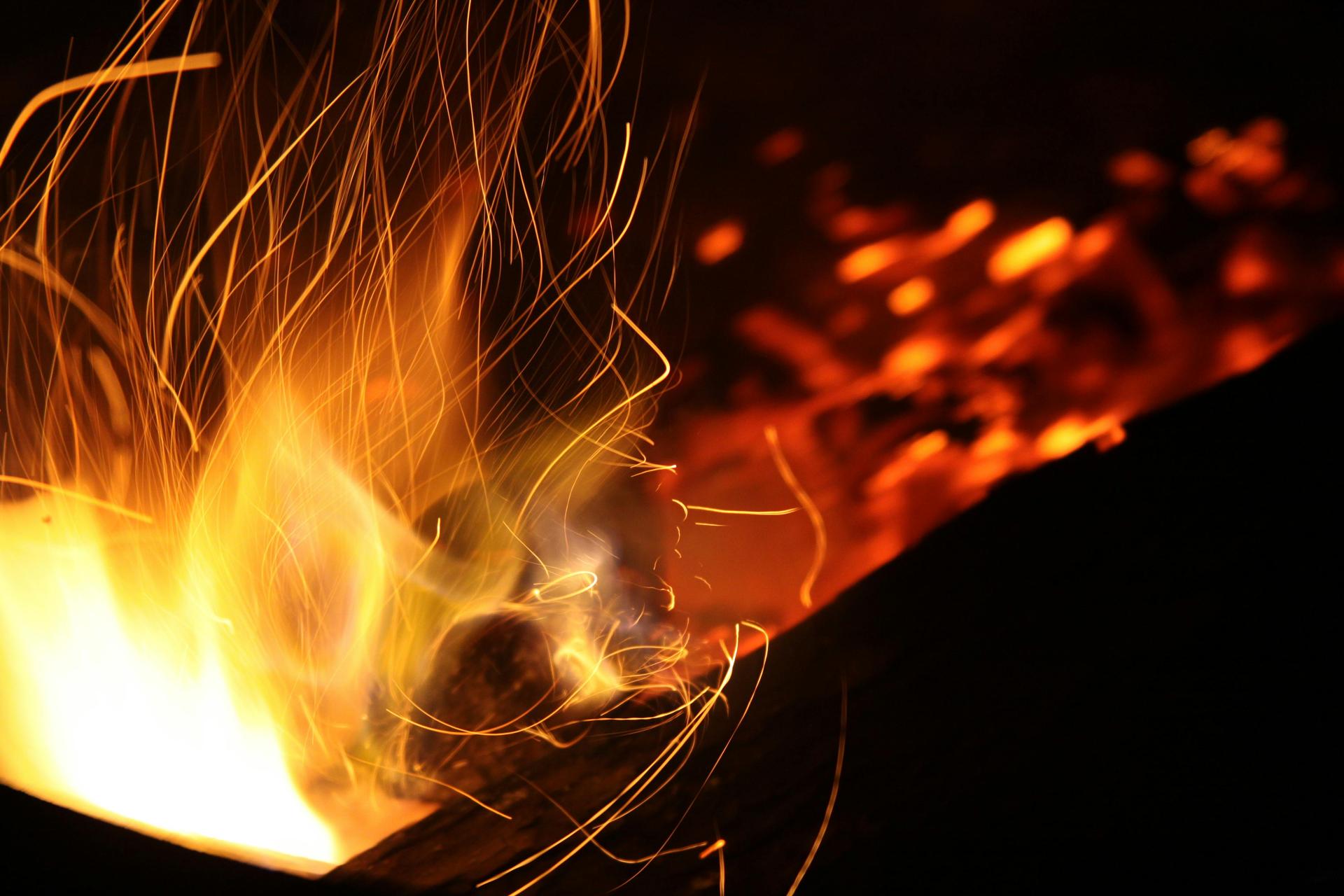
The Line Fire in San Bernardino County has burned more than 36,000 acres since it started near Base Line Road. Evacuations have been ordered for communities like Running Springs and Big Bear due to the fire’s fast spread.
Key roads, including Highways 18, 38, and 330, have been closed, making travel difficult. Although cooler weather has helped slow the fire, firefighters are still working to create control lines and manage hot spots. Shelters have been set up in Fontana and Victorville to help displaced residents.
Evacuation Efforts
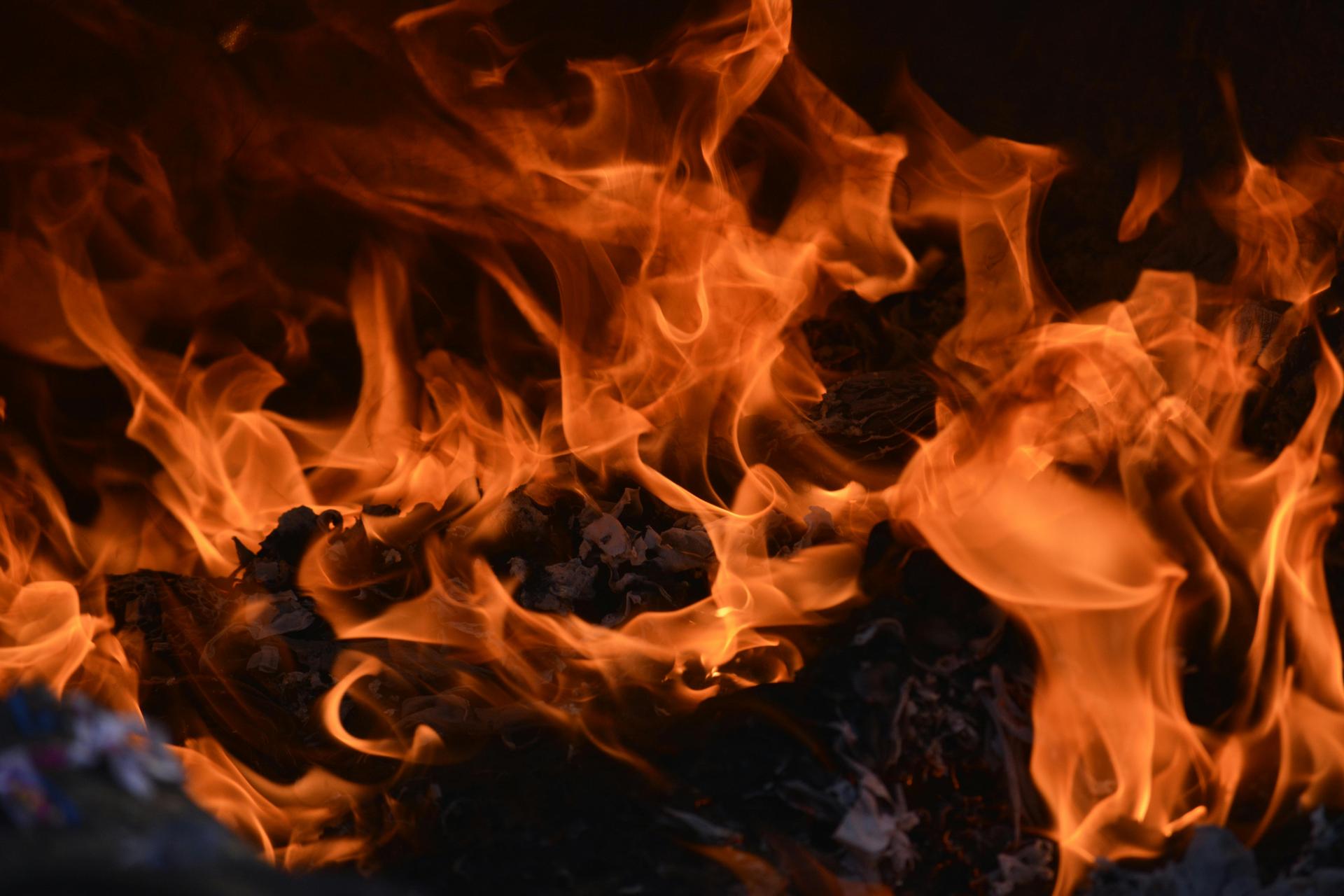
Evacuations for the Line Fire have affected several communities in San Bernardino County. Residents of Running Springs, Arrowbear Lake, Big Bear, and surrounding areas were ordered to evacuate immediately due to the fire’s fast growth.
Additional evacuation orders cover undeveloped land east of Highway 330 and north of Highland Avenue. Evacuation shelters are available in Fontana and Victorville, providing safety for those forced to leave their homes. Roads, including Highways 18, 38, and 330, are closed, and animal shelters have been set up to accommodate pets and livestock. Residents are urged to stay informed and follow evacuation instructions to ensure their safety.
Airport Fire (Orange & Riverside Counties)
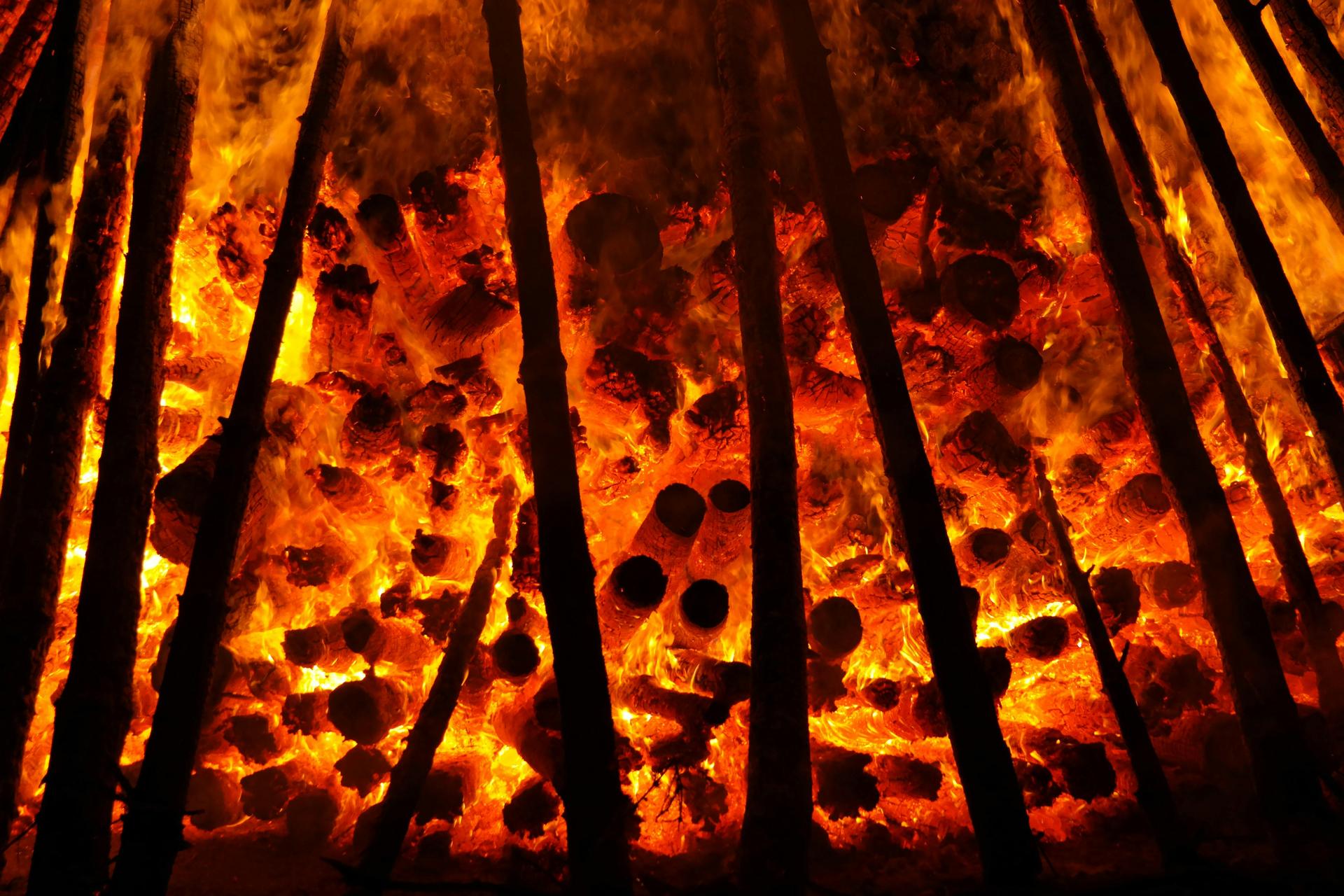
The Airport Fire has burned over 22,000 acres in Orange and Riverside Counties. Evacuations have been ordered for areas like Rancho Santa Margarita, Trabuco Canyon, and Lake Elsinore due to the fire’s rapid spread.
Shelters are open in Lake Elsinore and Corona for residents who have had to evacuate. Firefighters are using ground and air support to slow the fire’s growth and protect homes, but containment remains a challenge as the fire continues to spread.
Firefighting Resources
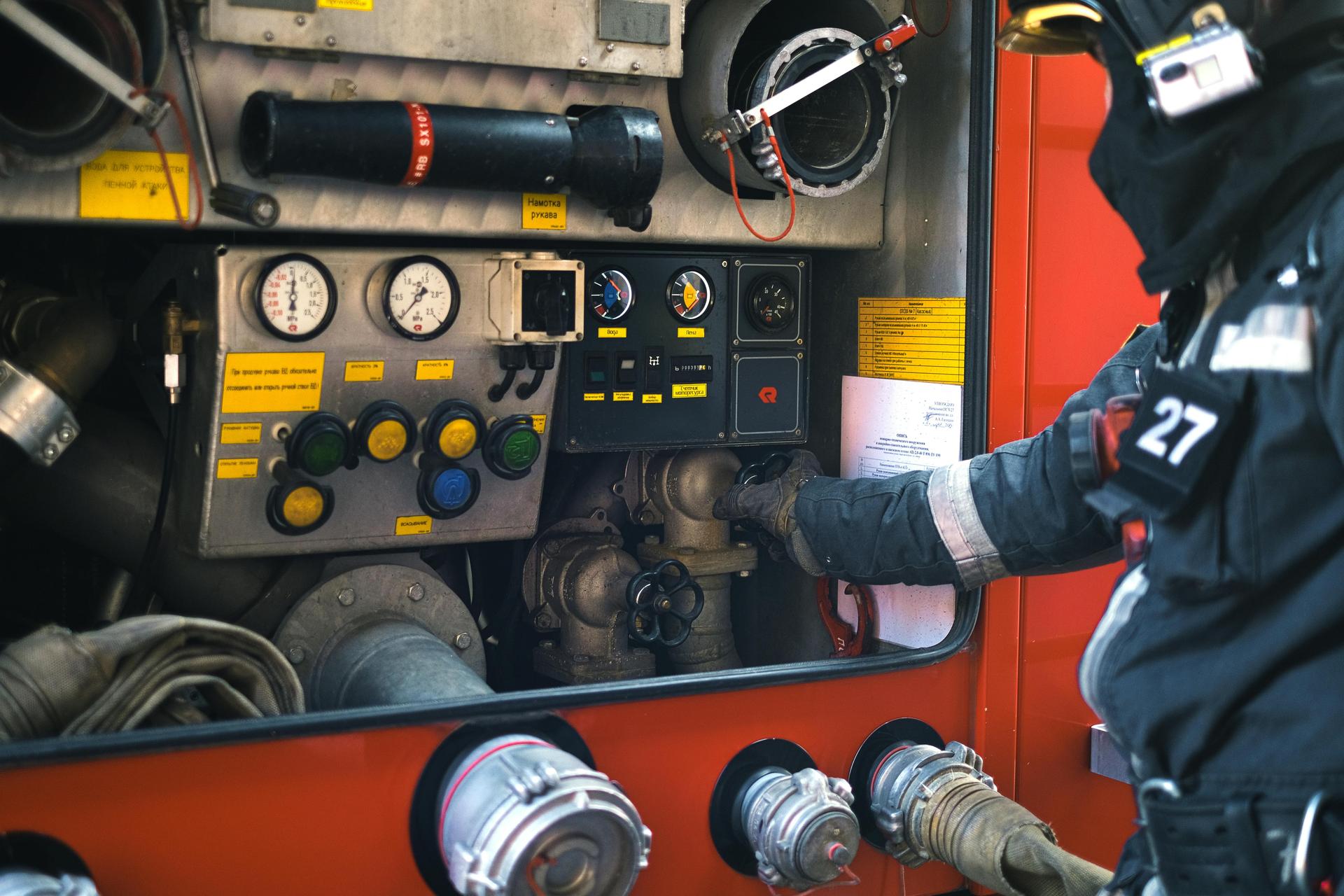
Firefighting resources have been heavily mobilized to battle the Bridge, Line, and Airport Fires across Southern California. Over 5,700 firefighters are on the ground, using 51 helicopters and 9 fixed-wing aircraft to perform water drops and air support. More than 500 fire engines, 75 bulldozers, and 141 water tenders are working to create firebreaks and contain the fires.
The California National Guard has been deployed with additional helicopters and ground support, including Blackhawk helicopters for water drops. Firefighters are working around the clock to protect homes, infrastructure, and communities across multiple counties.
Evacuation Shelters and Animal Care

Evacuation shelters are available in several locations to help those displaced by the wildfires, including the Pomona Fairplex, San Bernardino County Fairgrounds, and community centres in Fontana and Lake Elsinore. These shelters offer food, water, and beds for evacuees.
For pets, there are shelters like the Lancaster Animal Care Center and the Devore Animal Shelter. Large animals, such as horses, are being housed at places like the Antelope Valley Fairgrounds and Murrieta Equestrian Center. Evacuated residents should bring any special food or medication their animals might need.
State of Emergency and Federal Assistance
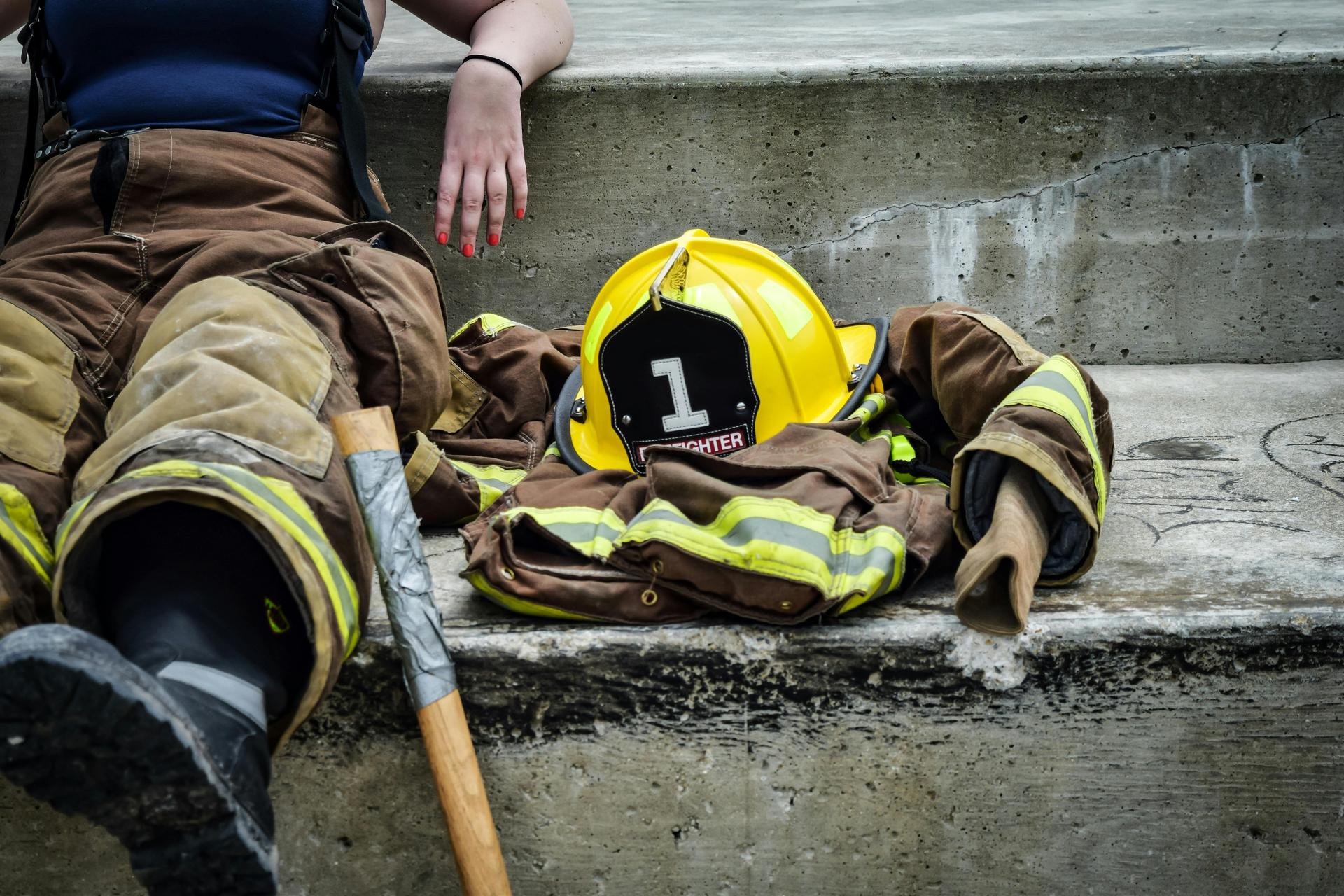
Governor Gavin Newsom has declared a state of emergency in response to the wildfires in Los Angeles, San Bernardino, Orange, and Riverside Counties. This has allowed for additional resources, including federal aid from FEMA, to support firefighting efforts.
The California National Guard is also involved, providing helicopters and ground crews to help contain the fires and assist with evacuations. Over 5,700 firefighters, 51 helicopters, and many other resources have been deployed to protect homes and communities.
Preventing Future Wildfires
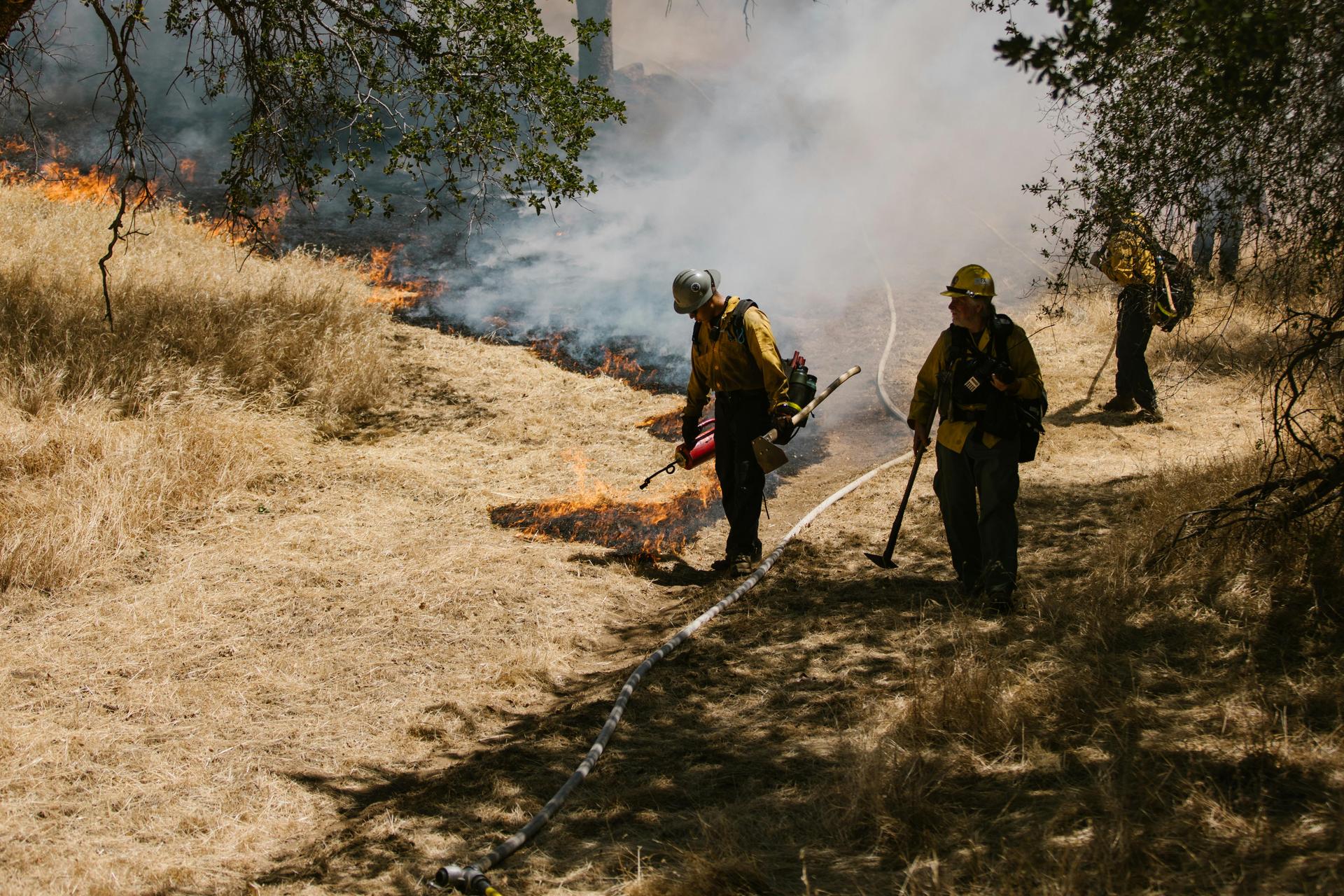
Preventing future wildfires in Southern California will require better management of forests and wildlands. Experts suggest controlled burns to remove dry vegetation that fuels large fires. Communities can also reduce risk by using fire-resistant building materials and keeping defensible space—clear areas around homes to slow fire spread.
Additionally, improving early warning systems and emergency plans will help limit the damage from future fires. More resources for firefighting and upgrading infrastructure are also necessary to prepare for increasing wildfire risks as climate conditions change.

